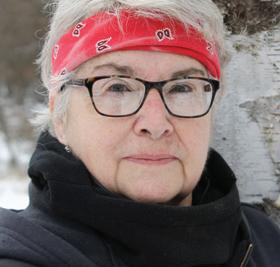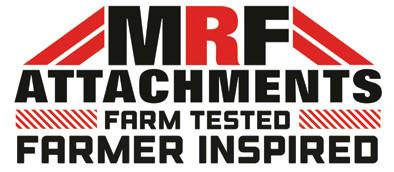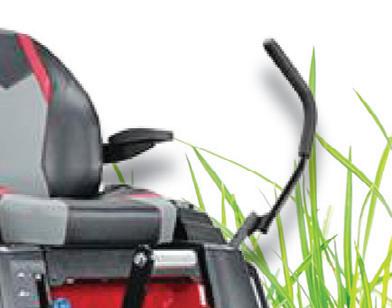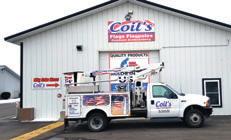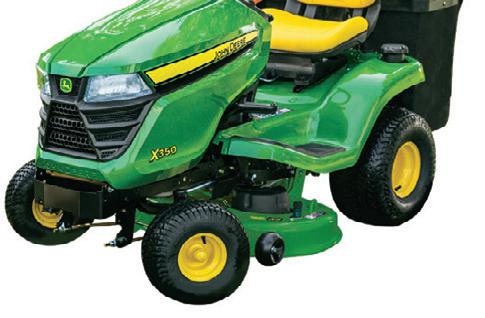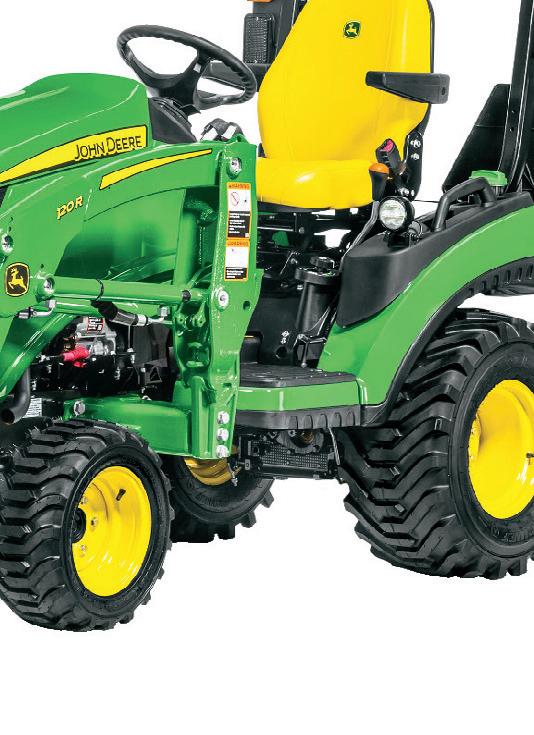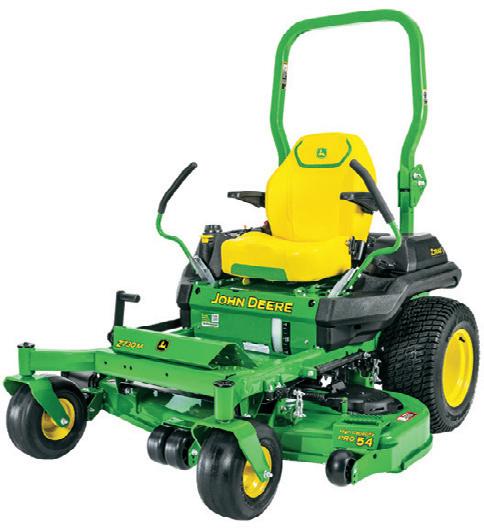A cres C ountr y ountry










 BY JAN LEFEBVRE | STAFF WRITER
BY JAN LEFEBVRE | STAFF WRITER
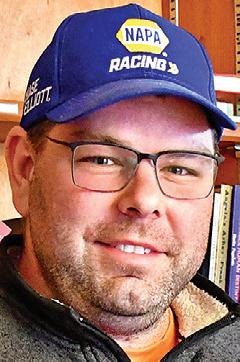














SAUK CENTRE – The noon meal April 28 at Camphill Village Minnesota was held in the community dining room, which is decorated in colorful artworks created by those living and working there.


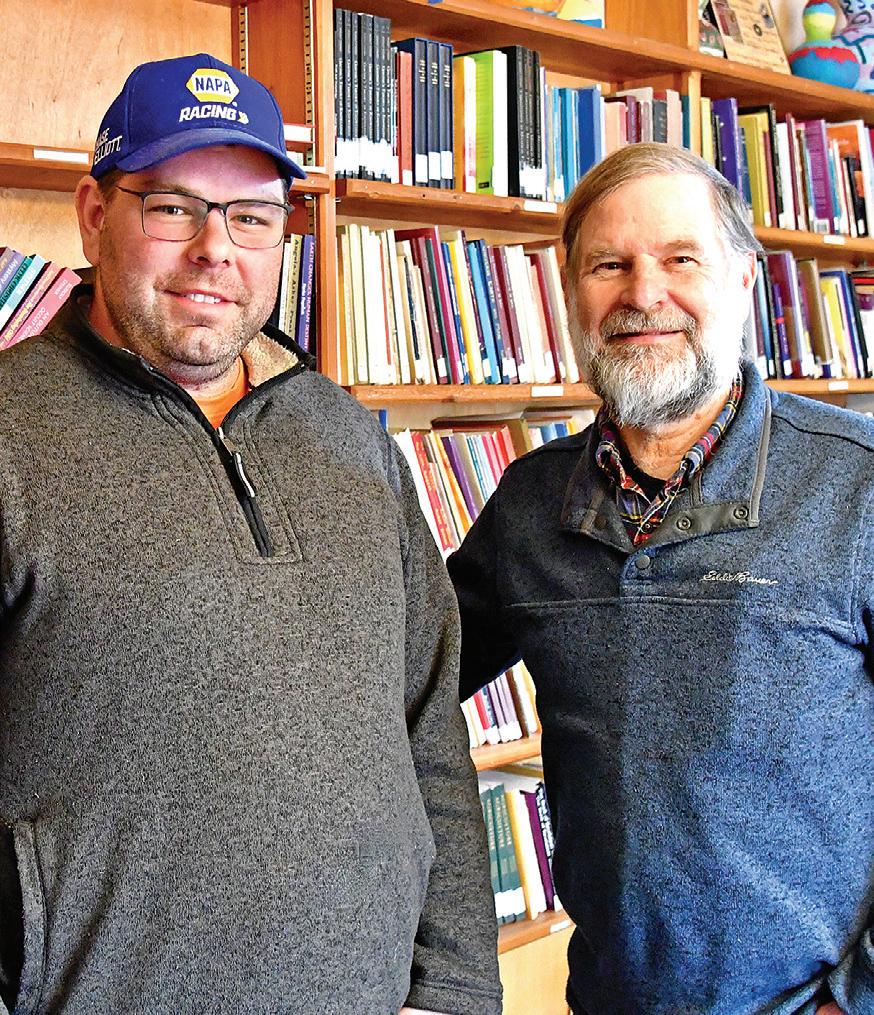
Three days a week, the residents of Camphill, a farm community nestled halfway between Sauk Centre and Long Prairie,

come together to eat as one group. The other meals take place within the eight homes dotting the rolling hills of the farm where adults with disabilities live as a family with house leaders, volunteers and staff members from all over the world.
Camphill page 2
Published by Star Publications






Copyright 2014 522 Sinclair Lewis Ave. Sauk Centre, MN 56378
Phone: 320-352-6577
Fax: 320-352-5647
NEWS STAFF
Grace Jeurissen, Editor grace.j@star-pub.com
Jan Lefebvre, Writer jan.l@star-pub.com
Herman Lensing, Writer herman@melrosebeacon.com
Tiffany Klaphake, Writer tiffany.k@star-pub.com
Carol Moorman, Writer carol@melrosebeacon.com
Natasha Barber, Writer natasha@saukherald.com
Ben Sonnek, Writer ben.s@saukherald.com
Sarah Colburn Staff Writer
Story ideas send to: grace.j@star-pub.com

SALES STAFF
Robin Burnette, 320-351-7837 robin@saukherald.com
Missy Traeger, 320-291-9899 missy@saukherald.com
Tim Vos, 320-845-2700 tim@albanyenterprise.com
Mike Schafer, 320-894-7825 mike.s@dairystar.com
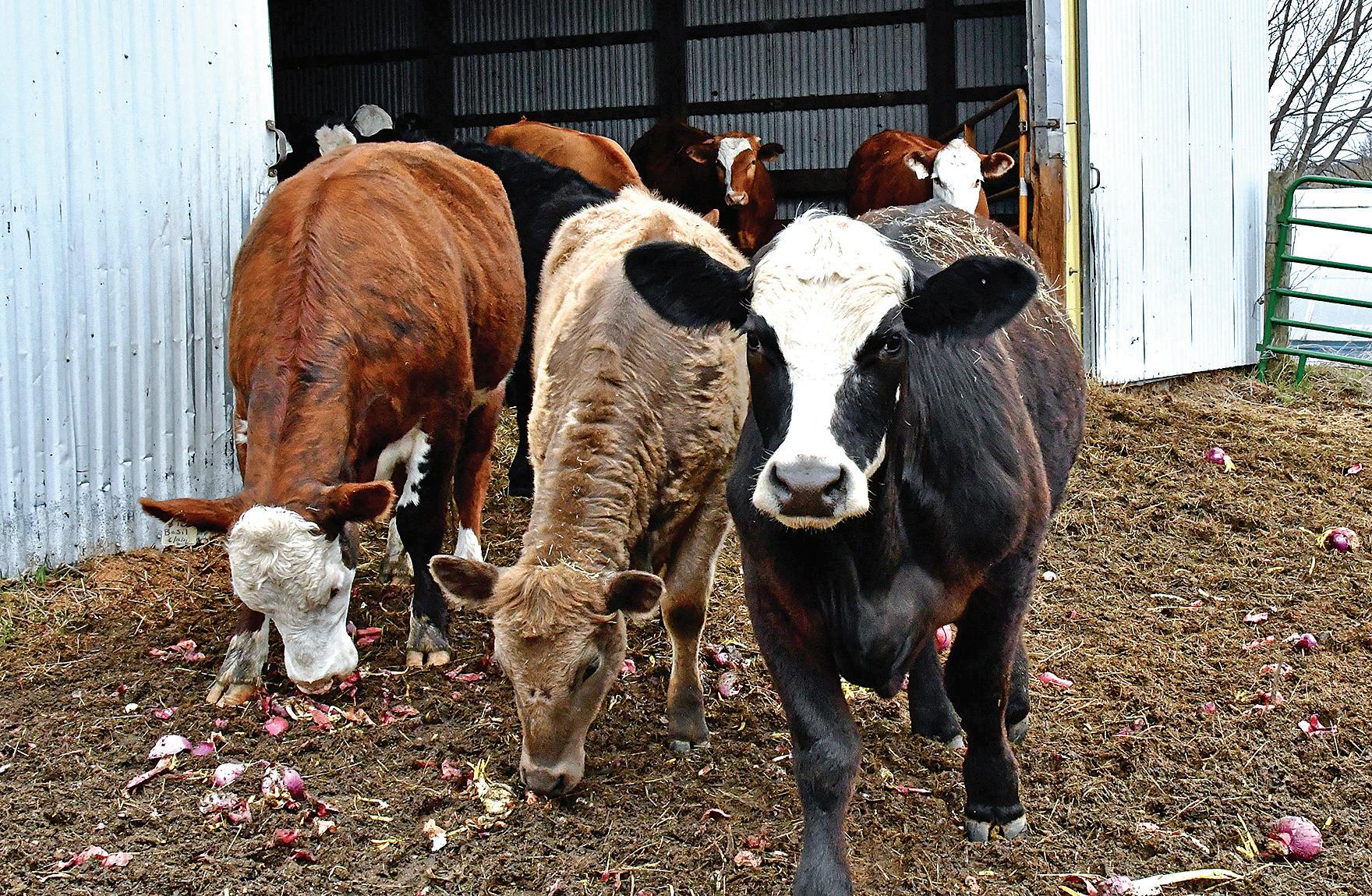
Warren Stone, 320-249-9182 warren@star-pub.com
Jaime Ostendorf, 320-309-1988
Jaime@star-pub.com
Bob Leukam, 320-260-1248 bob.l@star-pub.com
PRODUCTION STAFF
Pat Turner
Amanda Thooft
Nancy Powell
Maddy Peterson
Cheyenne Carlson
Karen Knoblach
Annika Gunderson
Deadlines:
Country Acres will be published the first Fridays of April, May, June, September, October and November, and the third Friday of every month. Deadline for news and advertising is the Thursday before publication.


ISSN: Print 2834-6440
Online 2834-6459
STR
Publications bli ti
“Committed to being the eyes and ears of our communities.”
PHOTO COURTESY OF CAMPHILL
Chickens wander this past winter at Camphill Village near Sauk Centre. The village, where adults with disabilities live alongside caretakers and volunteers, has a sustainable farm where they raise beef cattle, chickens, vegetables, fruits and herbs.

This meal began with a song, one verse sung twice: “For health and strength and daily bread we praise your name, Oh Lord.”
Homemade artisan pizza that would make any Italian restaurant proud, was served with a salad made from carrots grown on the farm and stored in its fruit cellar. At each table in the dining room, conversation sounded relaxed and was sprinkled with laughter.
Lee Dowhower sat at a table with Laura and Bill Briggs, who have been volunteers and house leaders at Camphill Village together for over 30 years.
As they began eating, resident Ben Cotter came up to greet the table. He talked about his love of photography and drawing pictures of his photographs.
“I’m an artist,” he said. “I just wanted to let you know that.”
Laura said Ben is also a poet and a musician. Dowhower, who said he also liked art, talked about his contribution to a hodgepodge project taking place during art workshops.
“I’m doing (art) with a glue stick,” he said. Besides art, Dowhower said he liked working with the farm’s animals but did not like scraping out the chicken coop. He did, however, like the Smurf movie he recently watched. Dowhower has a gift of having a precise timeclock in his mind without needing a watch – and he likes to adhere to the village’s daily schedule. When he was done eating, he immediately dinged his glass to signal he needed everyone to join him in thanks.
“Thank you for the meal,” everyone said in unison. With that, up jumped Dowhower to bring his dishes to the kitchen.
Laura, with a wide smile, watched him go.
“He’s a man on a mission,” she said.
The Camphill community celebrates the gifts of all who come there. The village allows freedom of expression in a safe environment that runs on a steady schedule, and leaders said residents thrive under those conditions.
Dr. Karl Koenig, an Austrian pediatrician and educator, founded the first Camphill School for Children and Youth with Disabilities shortly after WWII, after fleeing the Nazi invasion and settling in Scotland with a group of like-minded physicians, artisans and caregivers. Later, they also formed communities for adults with disabilities.
Today the Camphill movement consists of more than 100 communities across the globe. Thirteen are in the U.S. and are home to 800 people living in sustainable farming environments. Camphill villages depend on volunteers from all over the world to make their communities successful.
Currently the village is looking for its next head weaver. In the meantime, other volunteers have stepped into that role as much as possible. The daily workshops for residents have continued.
Camphill page 3
from page 2

“People come here and work hard,” Meyer said. “But, it’s purposeful, beautiful work. It’s not that it’s easy, but there’s a simplicity to it.”
Camphill Village Minnesota has existed since 1980. The village is a working farm on 525 acres with eight separate houses and several community spaces. Those living on site number about 50. The mission statement of Camphill makes its values clear:
“Our community is deeply rooted in the belief that every individual, regardless of limitations, is an independent, spiritual being. Each person is part of the fabric of Community experience and is worthy of recognition, respect and honor.”
Every home at Camphill has a house leader to ensure safety and well-being. Other volunteers who help with workshops, farming, and other tasks live in the homes and help house leaders. Artists and bakers in residence come to share their talents as well. Other staff live offsite.

The community spaces include a performance theatre, a commercial bakery for making goods for the site and to sell, and a weaving studio with looms where rugs and other crafts are made for sale, each with the individual artist’s name pinned to it. There is also a library, a woodcraft
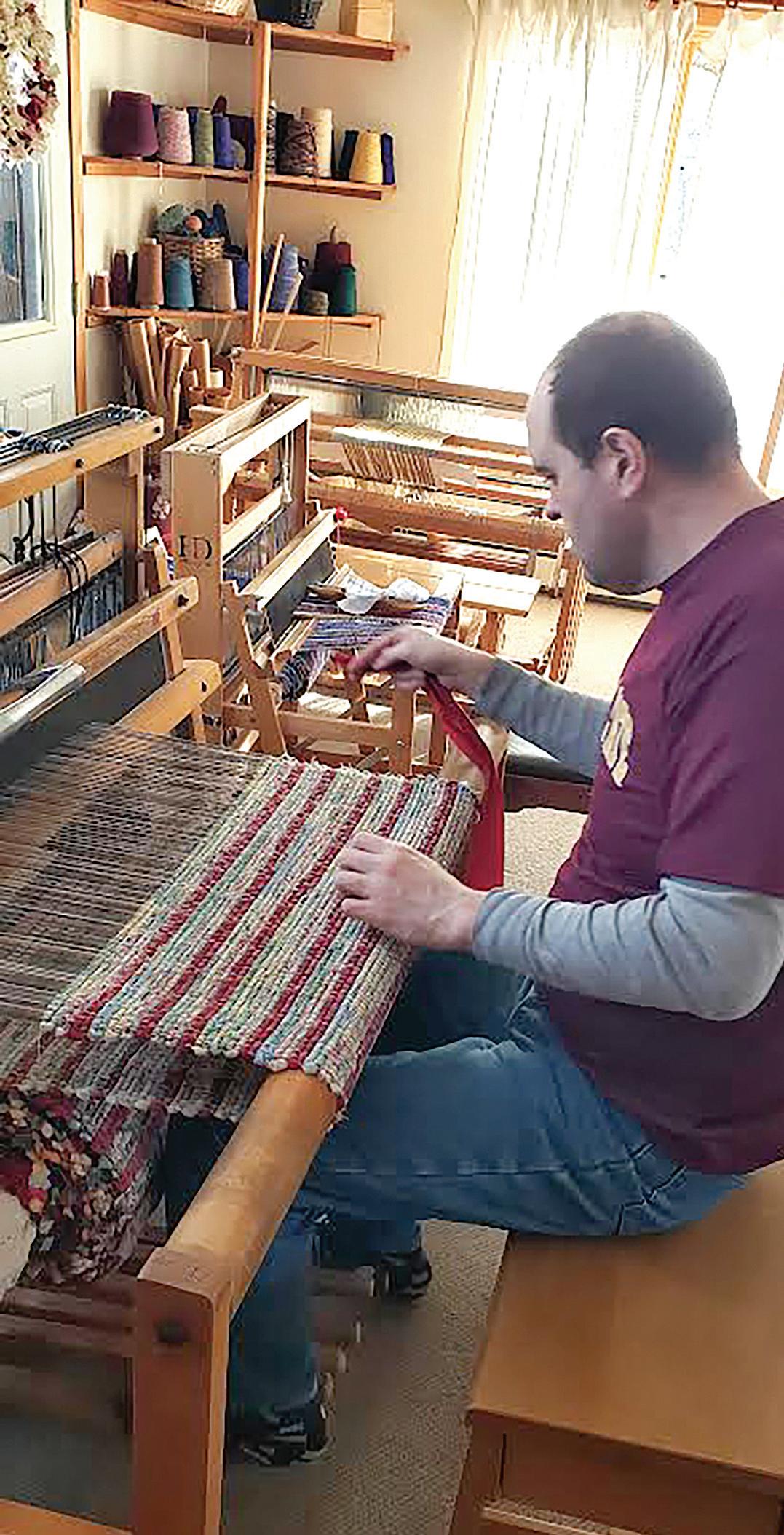
shed and a celebration room. Camphill residents like to celebrate festivals throughout the year.
The farm at Camphill has a small, pasture-raised herd of cattle and sells beef. It also has a chicken coop that supplies eggs. A 3-acre vegetable garden, a fruit orchard and an herb garden provide food for the village and to sell. The
farm has many winding paths through woods and native prairie grass where residents have plenty of places to walk amongst nature.
“(Residents) get to enjoy nature and live a purposeful life while living alongside people who care about them
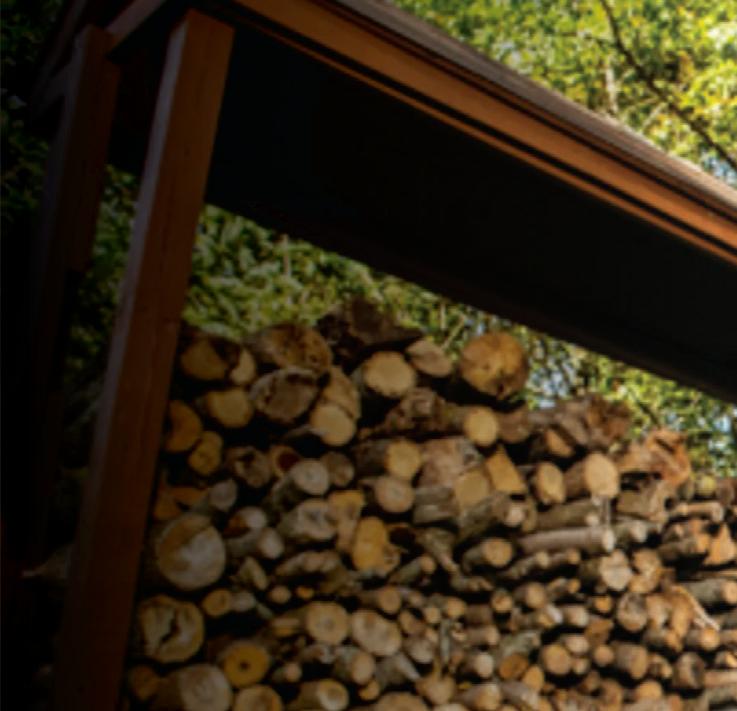



Get as low as 0% for 60 Months* or Rebates up to $1,200 on select Bobcat zero-turn mowers.


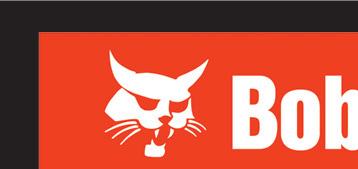



*Offer ends 6/30/2023. Available at participating and eligible dealers only. Offer may vary by product type, series, model and select units in dealer’s current inventory. Must take delivery from dealer stock by 6/30/2023. Offers available on new equipment in US and Canada only. Some restrictions apply. Length of contract and rate may vary. Monthly payment subject to change. Prior purchases not eligible. See dealer for details. Financing provided on approval of credit by authorized Bobcat finance providers to well-qualified buyers. Administrative fees may apply. Offer not available to government accounts, national accounts and municipal/utility bid customers. Bobcat Company reserves the right to extend or discontinue any of these programs at any time without prior notice.





from page 3






and understand them,” Meyer said.
Some volunteers come for five or six months, others for many years. People can apply to be house leaders, artisans, gardeners and farmers.

Tomi Kovacs, originally from Hungary, and his wife Mihyang Lee, born in Korea, met at a Camphill location in Scotland. They have lived at Camphill Village Minnesota for almost seven years. Their sons, ages 3 and 5, were born in Minnesota and also live at the village with them. Kovacs co-runs the livestock operation while his wife is a house leader. Their house family also includes other Camphill residents, two of whom are David Tack and Mike Jennissen.
“I just like the family here and the people I live with here,” Tack said. “This (house) is my favorite because there’s more windows in my bedroom, and I love the sunshine.”
David also likes the food variety that comes from living with an international family.

“I like Mihyang’s Korean food,” David said. “Tomi makes very good food, too. He just made chicken recently, and it was delicious.”

It was 35 years ago that David’s mother began looking for a place where her young adult son would have a cozy home away from the Twin Cities.

“I used to get beaten up in the (Twin) Cities and pickpocketed,” David said. “My mom wanted me to come here.”






All Camphill residents help with house maintenance as their abilities allow.
“I clean a lot and help with dishes,” David said. “I don’t mind; I like it.”

He also said he likes living with his friend, Mike Jennissen, who rides a transit service to Sauk Centre three days a week to work at a thrift store. Jennissen said he likes earning his own money.
Jennissen, like his fellow residents at Camphill, makes purposeful decisions for himself about work, leisure and self-fulfillment.
“Yesterday I bought two pairs of socks and two caps,” Jennissen said. “Mondays at the store, we get hammered; donations come in like crazy. Wednesdays are

50-percent-off days. I come home exhausted, but it’s a nice store. I like it.”
Jennissen has been at Camphill for 30 years. Both he and David said they enjoy baking cookies in the bakery, especially peanut butter chocolate chip. Jennissen brings cookies to Sauk Centre Lions meetings, where he and his brother are members. He also helps once a month at bingo for another organization in town.
The care Jennissen and Tack receive at Camphill Village is reciprocated. Kovacs said he has seen his young sons flourish within their home and village.



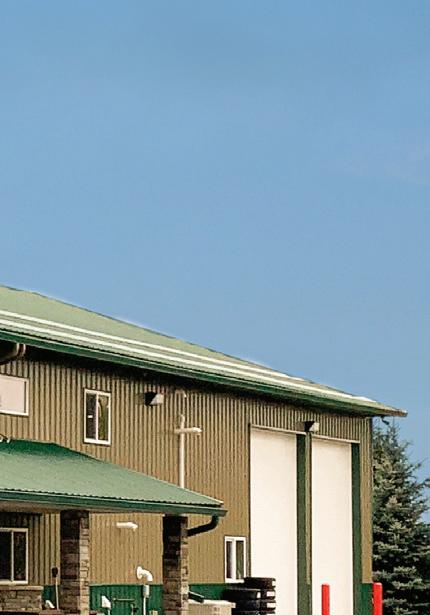
“They embrace the human being,” Kovacs said. “My wife and I really enjoy living with people, the social aspect of it.”
Those who live and work at Camphill have all of their necessities paid for, including healthcare, and receive a
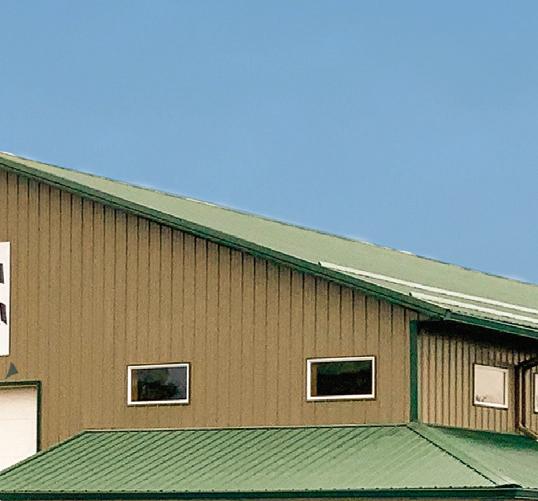














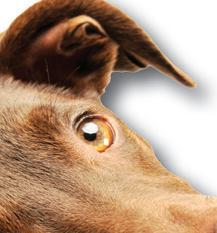


monthly stipend for personal use.

Laura and Bill Briggs also met at a Camphill Village, one in upstate New York. Other than a few years their family lived in Bill’s home state of California, their four children grew up in the community of Camphill Village Minnesota.
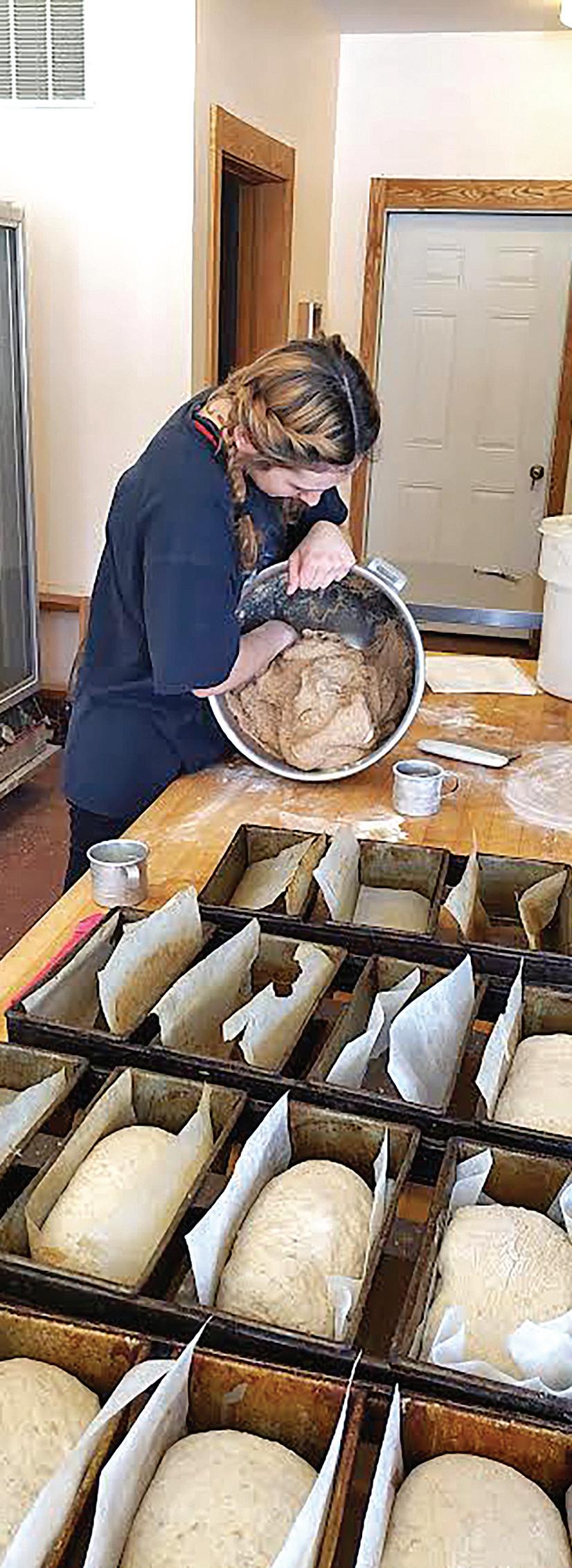
Bill first found out how the Camphill concept worked when he ended up volunteering at a Camphill school in Scotland one summer. He was a public school teacher in California at the time.
“When I saw the understanding this organization had…and the results they were getting with these disabled kids, I wrote back to my school district and said, ‘Thank you very much, but I won’t be returning.’”
He also volunteered at a Camphill Village for adults with disabilities that was nearby the school in Scotland.
“It’s one of those things where you feel it’s your vocation or your calling to be there,” Briggs said.




Now looking back over his 30 years, Briggs said his four children benefitted from the couple’s choice to raise them in the Camphill environment.
“From being toddlers – from as soon as they were developing consciousness – they were learning that people are different, but they still have gifts just like (anyone else),” Briggs


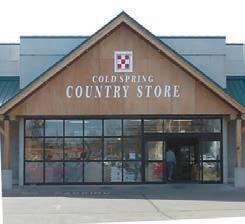

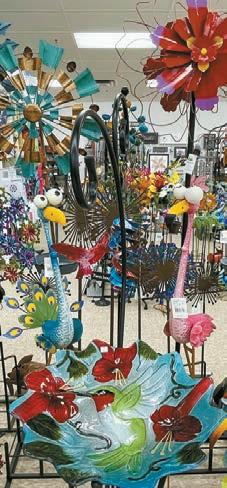






























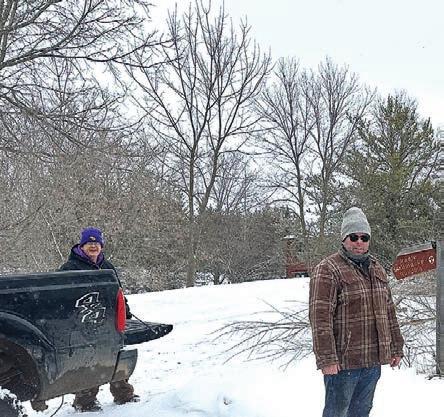















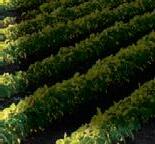




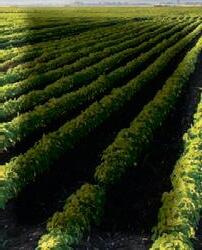





































That title sounds like the start to a bad joke, but for me it started the beginning of a new found friendship.

As a young farmer it’s becoming harder and harder to find people with common interests, similar political views and a sense of humor. It’s even harder to run into a person who also runs a dairy farm, has common interests, similar political views and a sense of humor.
Lucky for me, I’ve worked for the Dairy Star newspaper and basically have had endless opportunity to run into people that fill that criterion. Unfortunately, a lot of them are much older than me.
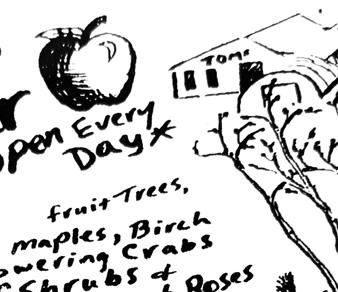


On multiple occasions I’ve been out and about with my gal pals and run into a fellow farmer. I guess my friend Jack D. gives me the confidence to strike up conversation about farming with people I’ve never met.
Most recently I visited a honky-tonk bar in the boonies of Carver County and ran into an old classmate. He was conversing with two middle aged men who carried a familiar stance I see on a daily basis.
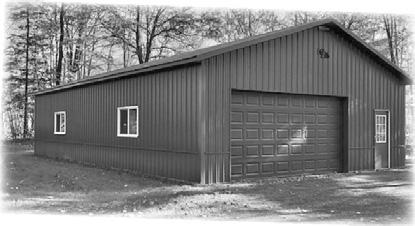
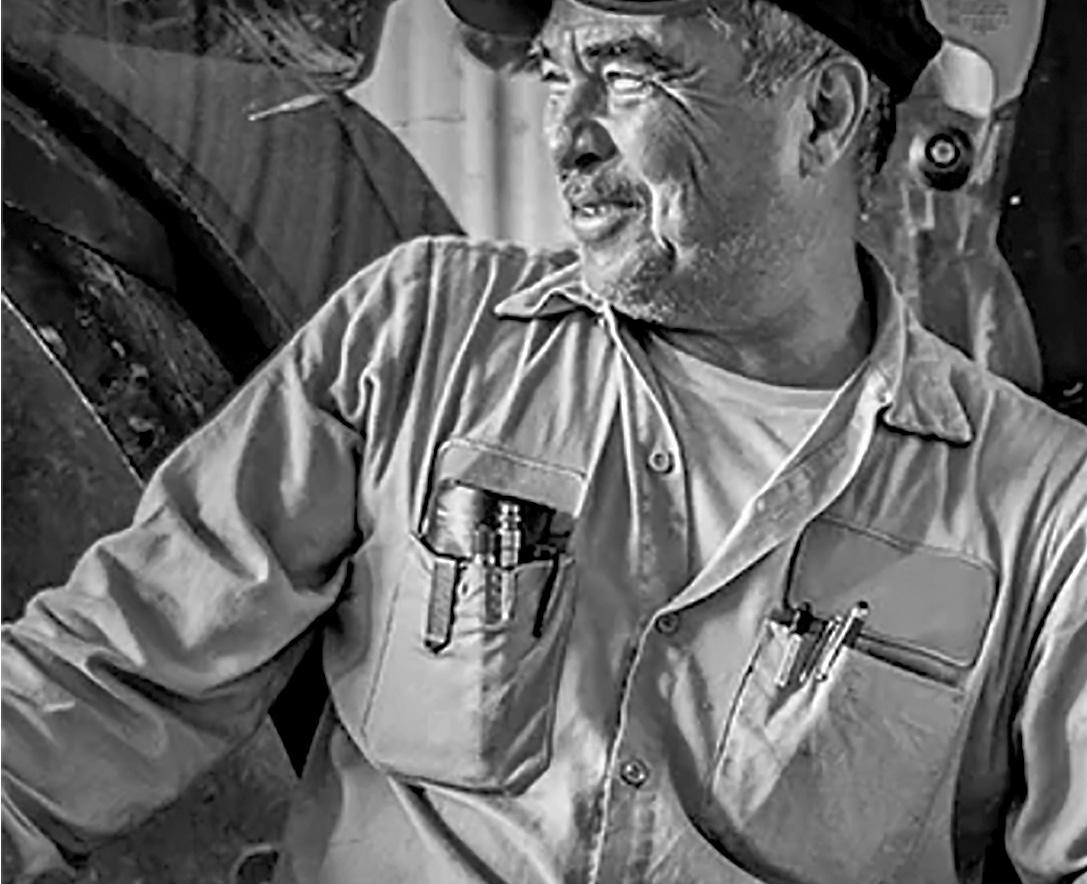

You know, the slight lean, hunched shoulders and occasional arms crossed accompanied by their favorite hat, usually sporting a seed dealer’s logo.







I knew immediately, those two were farmers. Shortly after saying hello to my old classmate I turned my attention to figuring out if I knew these guys or if they knew me. Turns out they’ve heard of my dad and milk cows not far
from where the band was playing that night.
They asked about me and what I do on the farm and one made the comment, ‘I should hire you to be my herdsman.’


My response was a polite ‘no thank you, I have my own cows to take care of.’
I find it charming how farmers end up magically finding each other in a crowd of 150 people nearly every time they are out and about.
I have a knack for finding farmers wherever I go, whether in a bar, at a wedding or on the job.
One particular time, my job led me to a quaint tie stall barn where a dashing young farm boy was attempting to make his dream of dairy farming work. I developed a little crush and it so happens a year later a text message landed me an overdue date with him.
We agreed that the bar in town would be a good place to meet up.
As a farmer, there are a million factors that could impact whether you make it to your date on time.


I had to rush through chores the night of the date after our cows inexplicably escaped twice during the day, pushing my time slot back farther for getting all dolled up. Coincidentally, he had two cows come into heat that night and was late picking me up anyway.
Only a farmer could run into those problems.

Once we finally made it to the bar in town and ordered our drinks, the DJ started playing requests and drunken regulars stammered up to the micro-

phone for a shot at small town karaoke stardom.
Trying to tune out the wretched voices in the background, the two of us started chatting about none other than cows, the weather and life goals.
What felt like only an hour turned into three hours, three Jack and Cokes, and an ‘oh shoot I have to milk at 4:30 a.m., we should probably get going.’
Still with the topic of cows and farming on our minds, I offered the grand tour of my farm, with a flashlight.
Unfortunately, he got his good work boots dirty and I found out he drives the wrong kind of tractor.
In my experience, when two farmers walk into a bar one hour turns into three.
Tell us about your involvement in FFA. I have participated in the Ag Mechanics competition and will be helping with Ag Safety Day with 6th graders that our chapter puts on.

What has FFA taught you so far? FFA has taught me how to be a better leader and has taught me how to weld better and learn some troubleshooting methods of machines and engines from the Ag Mech competition. It has also taught me how to work better on a team.



How do you intend to stay involved in agriculture after your FFA career? I am planning on helping out at some smaller farms once I graduate high school. I will also be working at Felling Trailers after graduation for a little while. I will be attending Ridgewater in Willmar to major in Auto Mechanics.





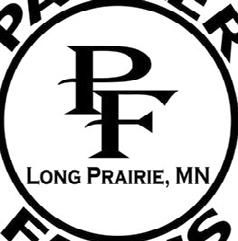


What are you involved in outside of FFA? I am involved in hockey and baseball. I work as a welder at Felling Trailers in Sauk Centre.










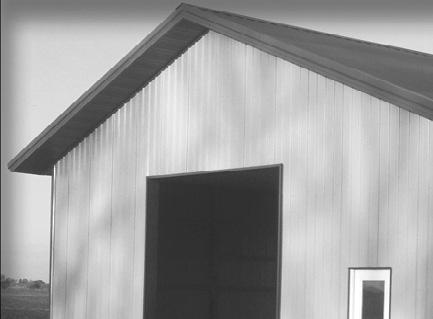
What is something you believe people need to know about agriculture? There are a lot more job opportunities in agriculture than just farming, so if you are thinking about getting a job in agriculture, be sure to look at all of the options around you.

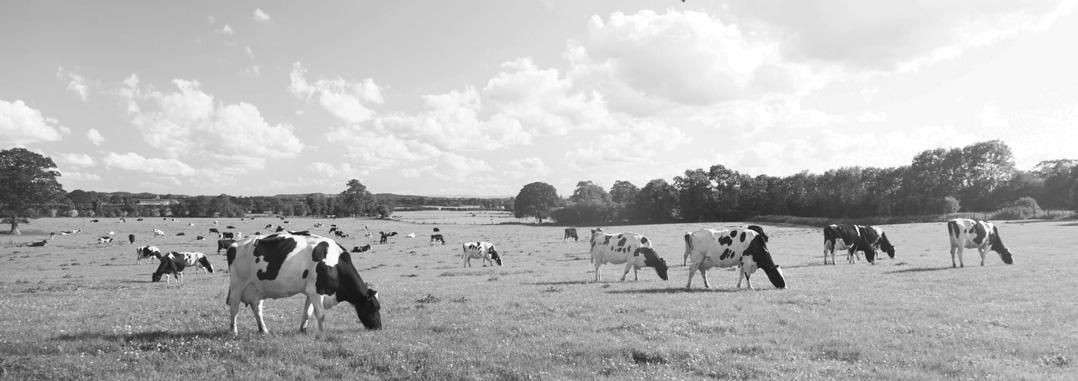









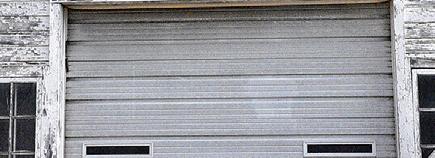














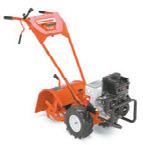












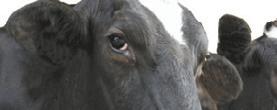

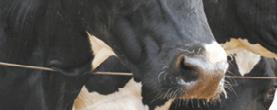
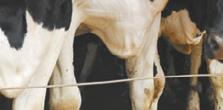
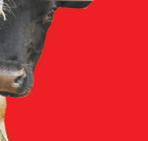

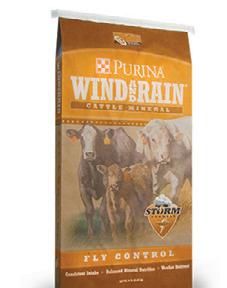


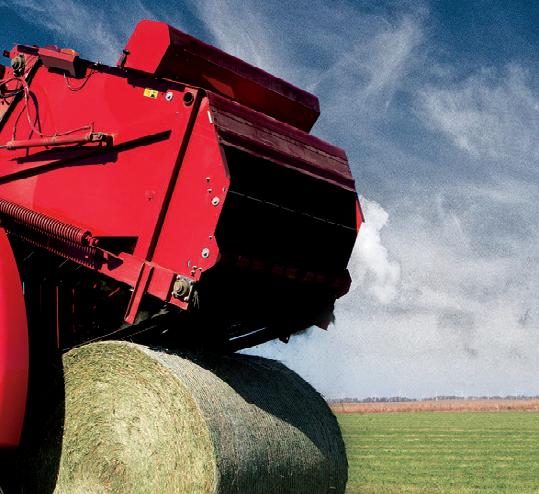







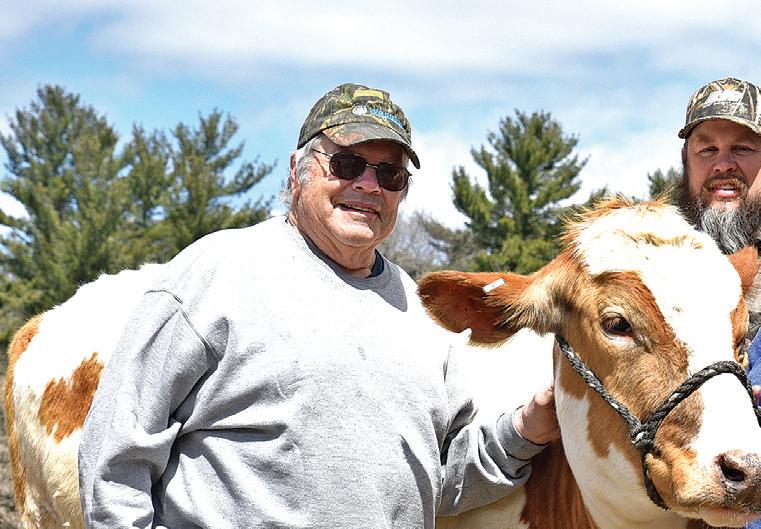

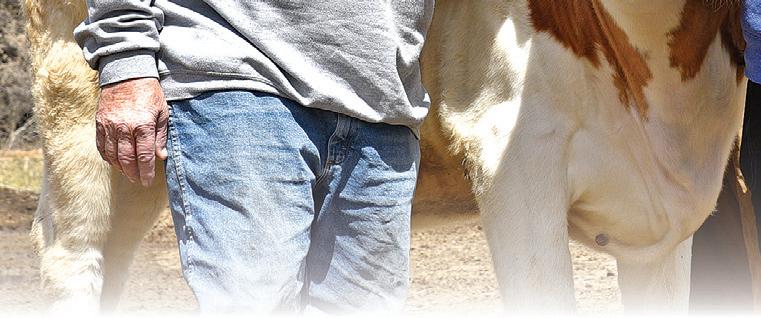













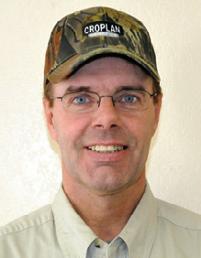







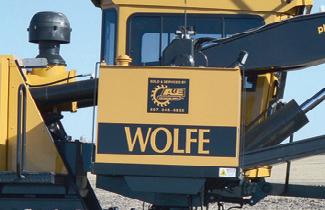
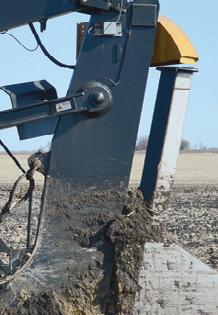
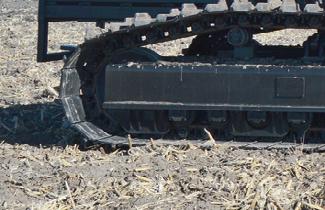















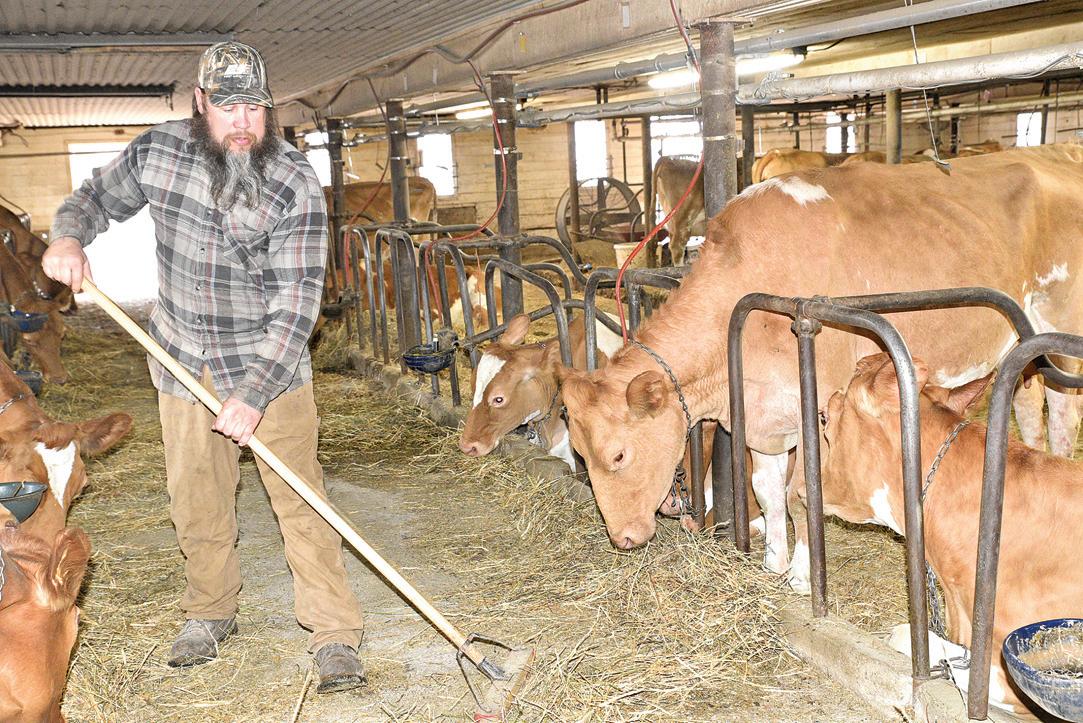
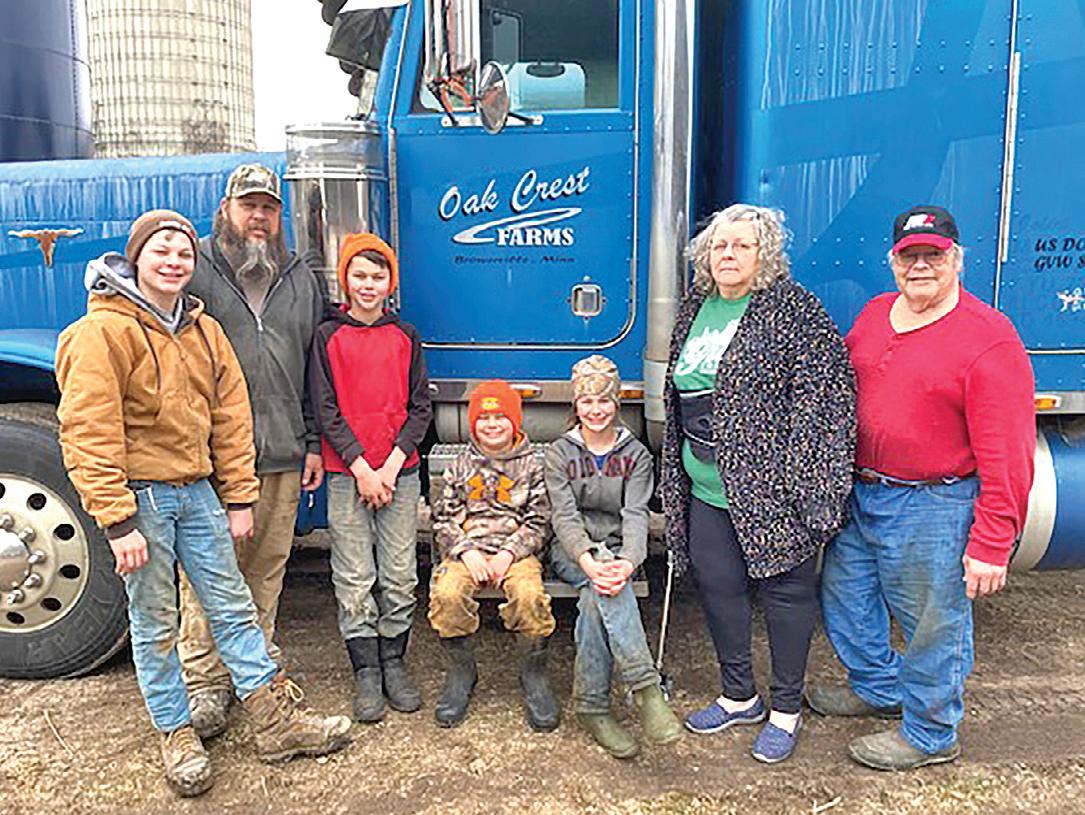














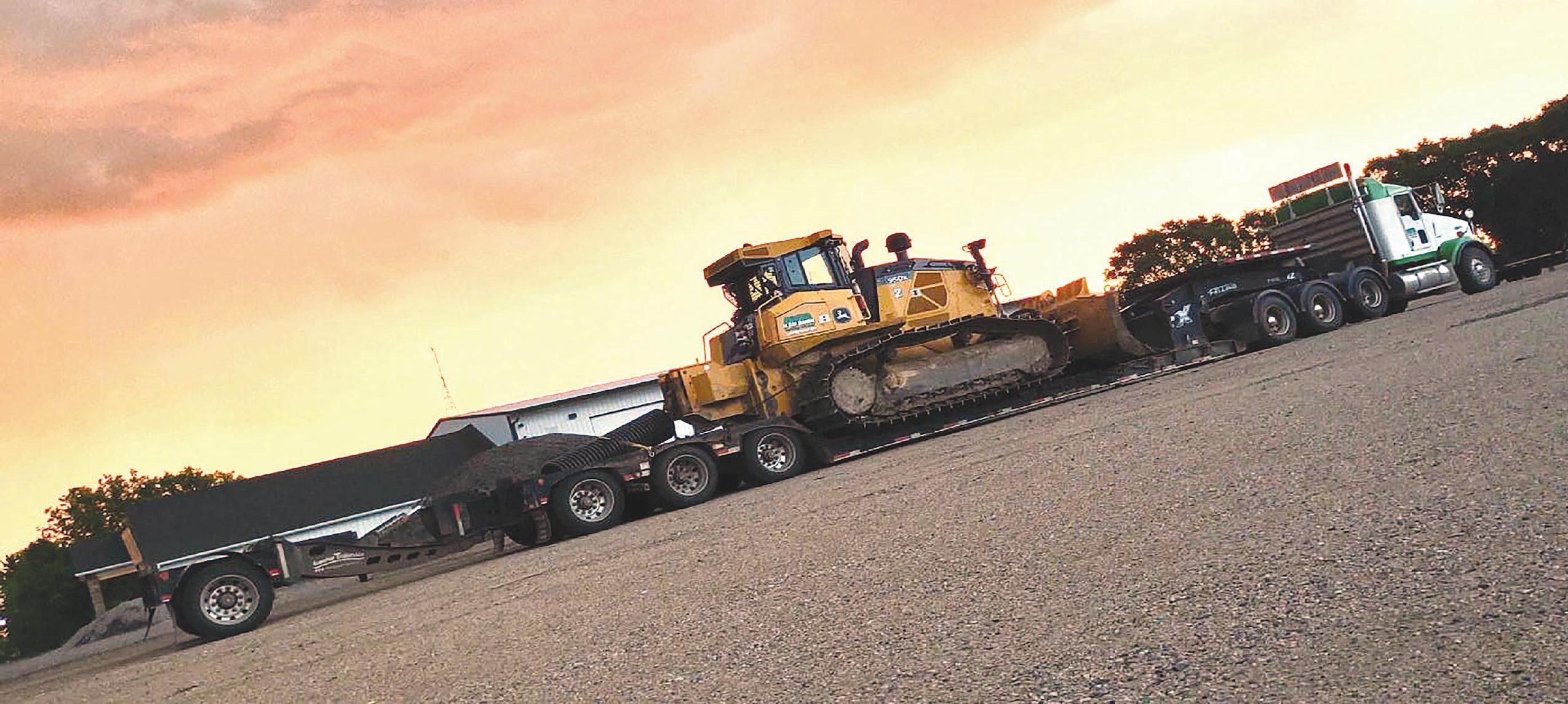




















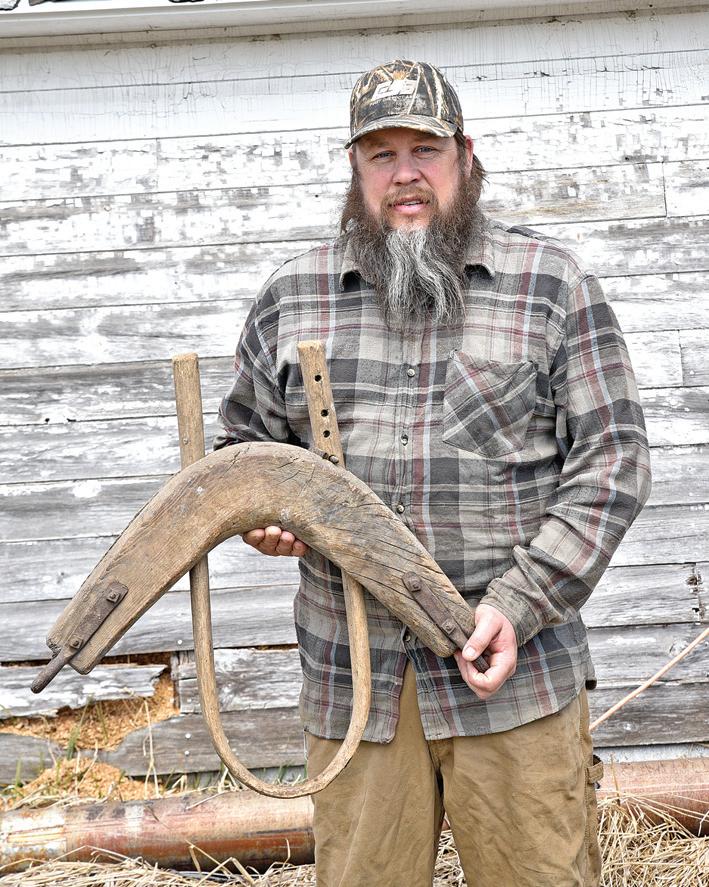



from page 12


She grows thousands of zinnas, has planted 5,000 gladiolas blubs and has almost a full acre of sunflowers. All of the children pitch in with the planting, weeding and harvesting of the fruits and vegetables. They sell the produce right off the farm and also attend the Brainerd, Baxter and Staples farmers markets.
“It gets to be a lot of late nights most springs when it comes to planting the garden and planting the crops,” Deyle said. “We really just divide and conquer.”
Whether they are in the field, in the barn or in the garden, the Tyrrell’s are passing on the stories and passion for the land that they call home to the
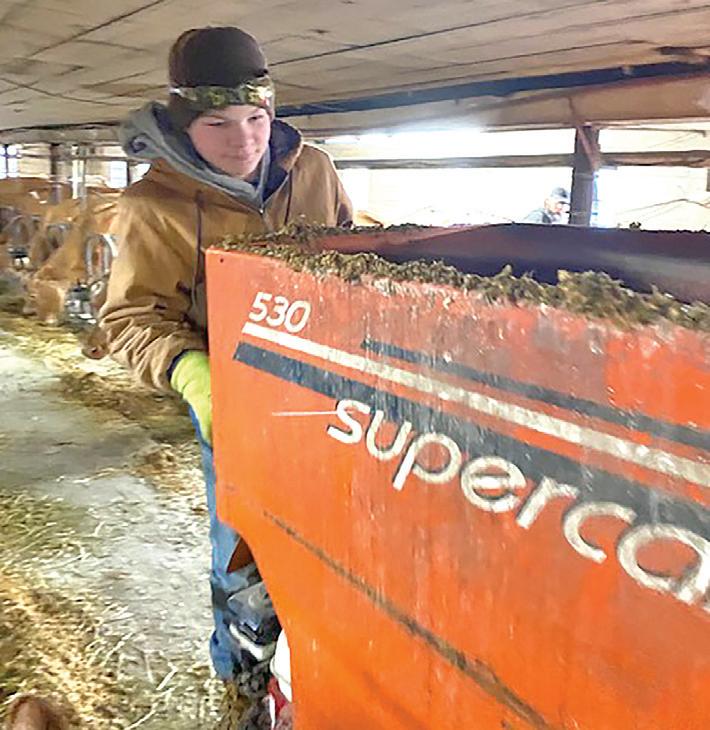
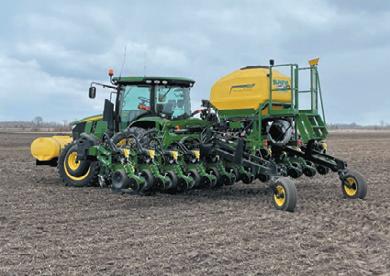
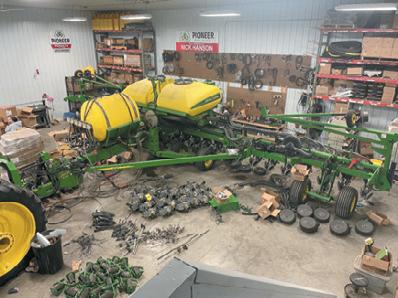


Farm.
next generation. Dennis said it is cyclical.

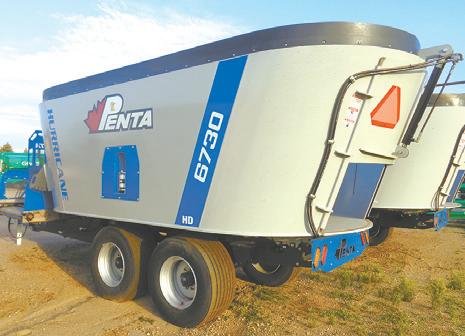


“We like to say that we are educators as well as farmers because we





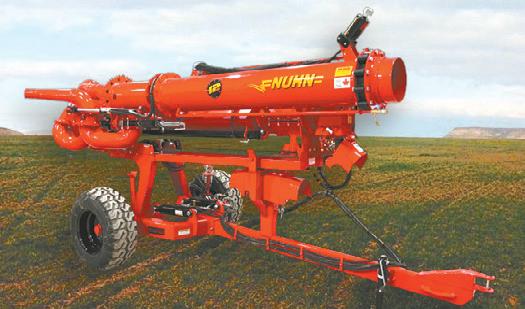

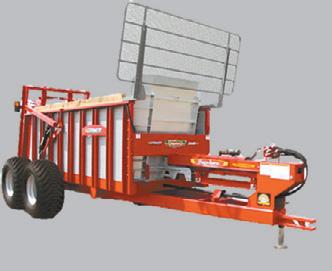








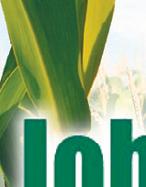
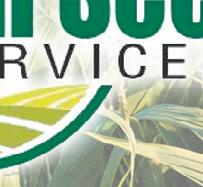






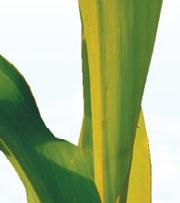

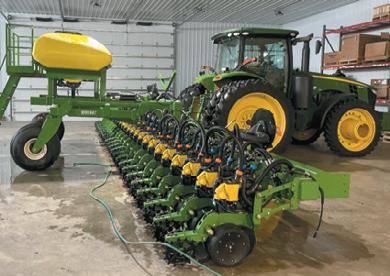
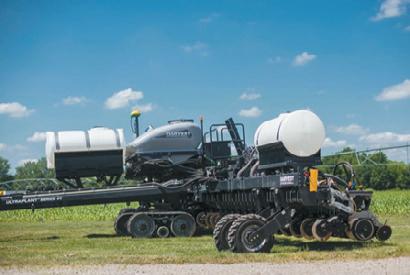
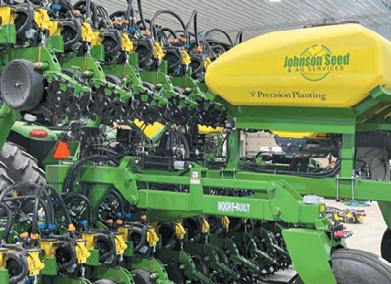











share our knowledge and the kids just pick it up and before you know it, they are doing it,” Dennis said.



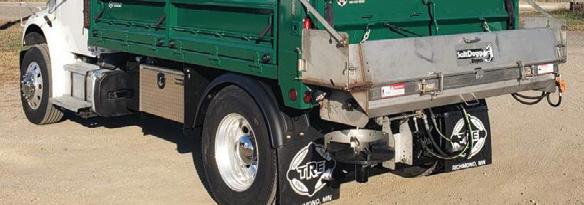

























































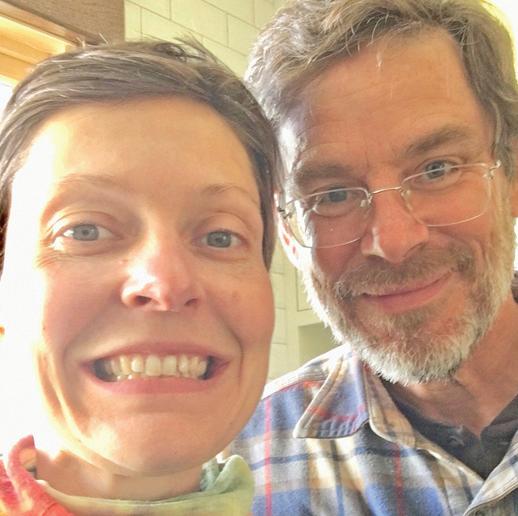












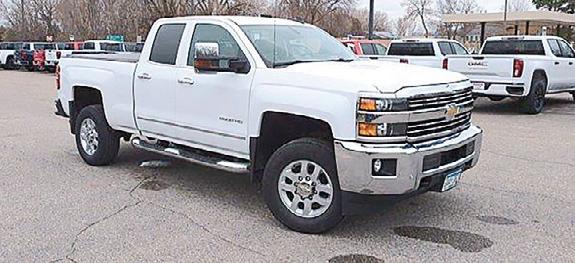

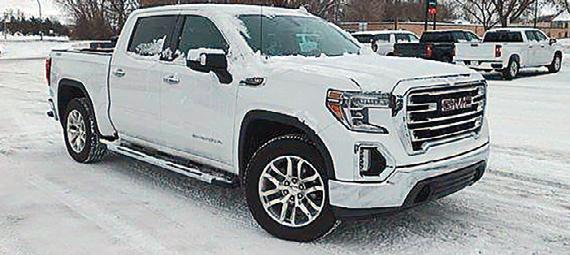



























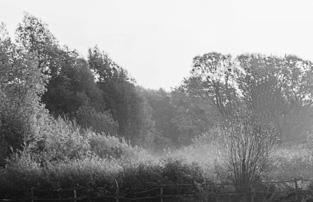









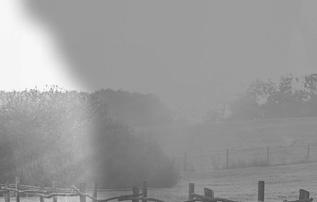




























Sunrise Ag Cooperative is currently taking applications for the following positions:




Duties include but not limited to A/R, and A/P, Grain and Milk A/P, provide sales counter support, filing, loading feed, receiving grain, customer service, inventory, general office duties etc.



Applicants must have previous accounting experience, computer skills, communication skills, ability to work independently, must be self-motivated, detail orientated, must be able to lift 50 pounds, must be able to work Monday-Friday 8-4:30 and every other Saturday 8-noon. Agriculture background preferred but not required.
Duties include but not limited to customer service, loading feed, cleaning, stocking shelves, inventory, receiving grain, answering phones, etc. Applicants must be able to lift 50 pounds, able to work independently, self-motivated, computer skills, and detail orientated. Must be able to work 20-25 hours per week and every other Saturday 8-noon. Agriculture background preferred but not required

Duties include but not limited to customer service, sales counter, loading feed, stocking shelves, cleaning, entering inventory, answering phones, receiving grain, working at multiple locations.
Applicants must be able to lift 50 pounds, able to work independently, self-motivated, computer skills, and detail orientated. Must have a valid drivers license to travel between locations. Must be able to work Monday-Friday 8-4:30 and every other Saturday 8-noon. Agriculture background preferred but not required.




Duties include delivering bulk feed, hauling grain and commodities and helping in the feed mill when needed. Applicants must have a class A and able to pass a drug test and DOT requirements, must be able to lift 50 pounds, must be self-motivated and able to work independently.
Duties include working on all makes and models of small engines including but not limited to mowers, atv’s, side by sides, snowmobiles generators, hand held power equipment etc.
Applicants must have post-secondary and previous mechanical experience, must be able to muti-task, and be self-motivated. Preferred experience with Stihl equipment but not required.
Duties include Picking up milk on local farms and delivering to various plants. Work schedule is 6 days on 3 days off

Applicants must be able to lift at least 50 pounds, have a Class A license with tanker endorsement, clean driving record, must be able to pass all DOT requirements, and must be able to obtain a milk hauling license. Must be self motivated.
Sunrise Ag offers competitive wages, a great benefit package including health, dental, 401K, paid time off, vacation to all full time employees. Applications can be found at www.sunriseagcoop.com or can be picked up at the Buckman location. For more information, please contact Jason at 320-468-6433 or by email at jason@sunriseagcoop.com. Applications must be submitted to Jason no later than May 20th, 2023


Dairyland Supply in Sauk Centre has an opening in our service department. Some service experience is preferred but not required. We have highly qualified servicemen with the ability to train as needed. Duties include setting up new equipment, repairing equipment in shop or on the farm and installing equipment on the farm. Some welding, washing, moving, loading and unloading equipment with a forklift. Dairyland Supply has a modern facility with up to date equipment.

WAGES BASED ON EXPERIENCE • FULL BENEFITS





If interested in joining our team, please stop in at Dairyland Supply for an application or contact Gordon or Roxane at 320-352-3987.
BUCKMAN, MN 320-468-6433



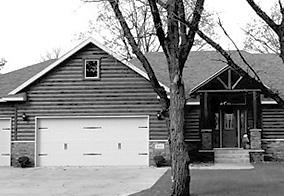
LASTRUP, MN 320-468-2543























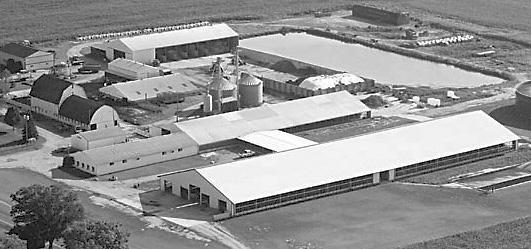

LITTLE ROCK, MN 320-584-5147
PIERZ, MN 320-468-2168
WWW.SUNRISEAGCOOP.COM



















































































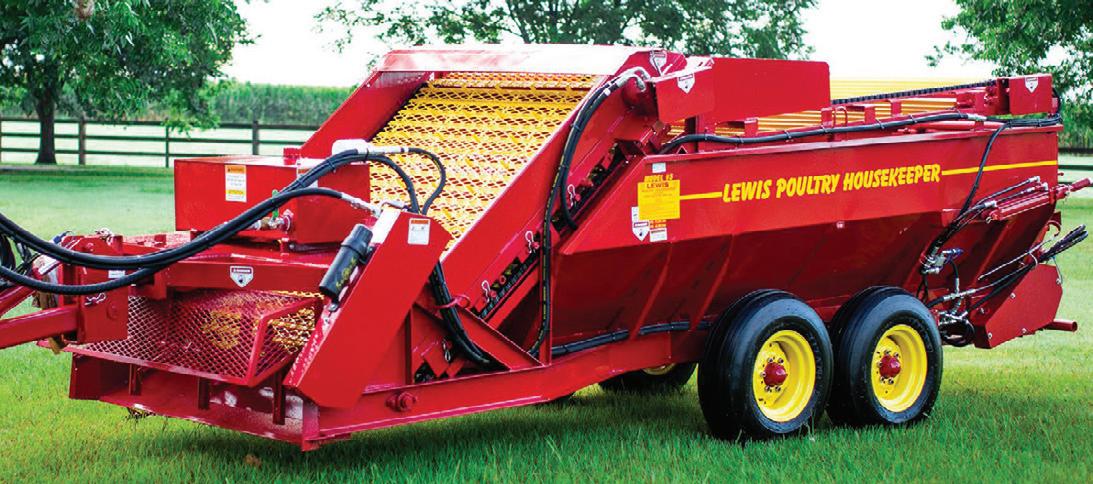

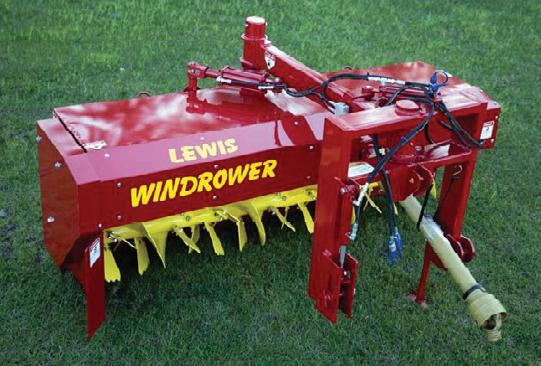










green stalks, are pulled off the garlic bulbs and sold at a farmers market.
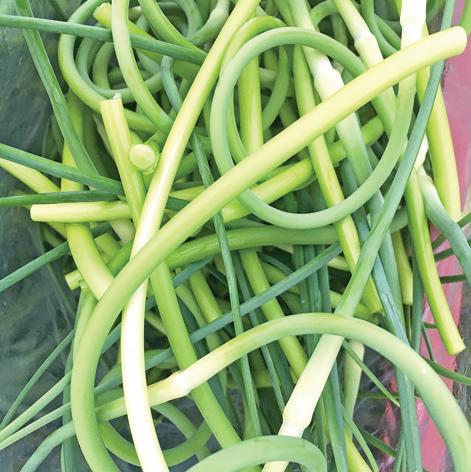
Ritger said removing the scapes helps the garlic cloves grow larger. Harvest takes place usually around the Fourth of July. When harvested, the garlic gets sorted, bunched and dried before Anema, Ritger and the rest of their family head to the annual Garlic Festival in Hutchinson, Minnesota.
The festival is a great place for networking with other garlic growers in Minnesota and surrounding states. While at the festival, Anema and Ritger have the chance to look at varieties of garlic to grow from around 15 vendors who provide seed garlic to festival attendees.
“The garlic vendors bring varieties from around the world,” Anema said. Ritger said she enjoys the atmosphere of the festival.
“It’s a quirky gathering, but it’s so much fun,” she said. “There are people in Papier-mâché masks and a marching band as well as food trucks that attend the festival.”
Once the festival is over, Prime Avenue Farm begins preparing for the fall vegetable harvest and garlic planting.
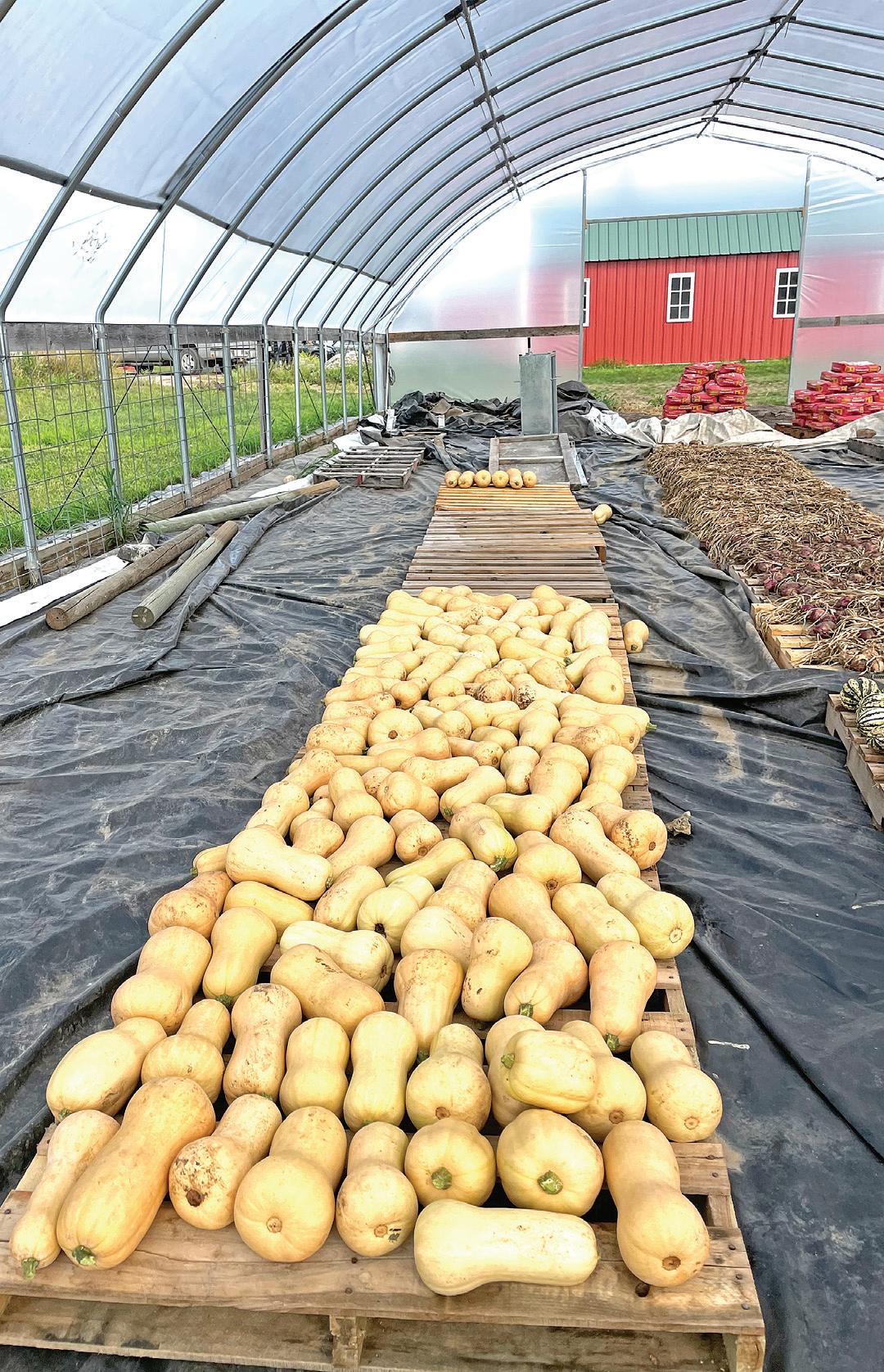
Ritger said some of the practices at the farm are modeled after practices at the Common Ground Garden at the St. Benedict Monastery.
Ritger spent seven years there before farming with Anema.

The couple actually met on a farm much like their own when they were invited by a mutual friend to help plant garlic. They connected over farming and the outdoors. When they started dating they both fancied the idea of running their own farm, but they had a few different areas in which each wanted to specialize.
Anema spent many years while working in the cities, tossing around the idea of owning property in the countryside and raising orchard-type fruits. He grew up in Chicago, Illinois, but as a kid frequently spent time at his relative’s farm in Alberta, Canada.

“I have many fond memories of my time spent on the farm with my cousins,” Anema said.

That’s how the CSA-style operation began after purchasing their Meeker County farm site.



















Ritger no longer does a CSA, but Prime Avenue Farm provides produce to customers based on what is available seasonally. Customers can connect with them on their Prime Avenue Farm website.


The rotation of life on their farm is continuously changing with each season. The couple, though still fresh


















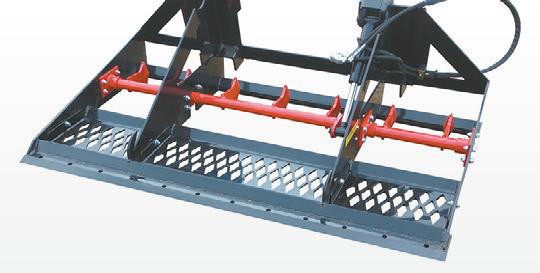
If it’s a tangle in your child’s hair, you use a brush and section off parts to divide and conquer the snarl. If it’s a ball of string or yarn, you either throw your hands in the air and the ball back in a corner, or you settle in to figure it out. Dealing with tangles is not a job for everyone.


That’s true for a woodlot tangle, too.

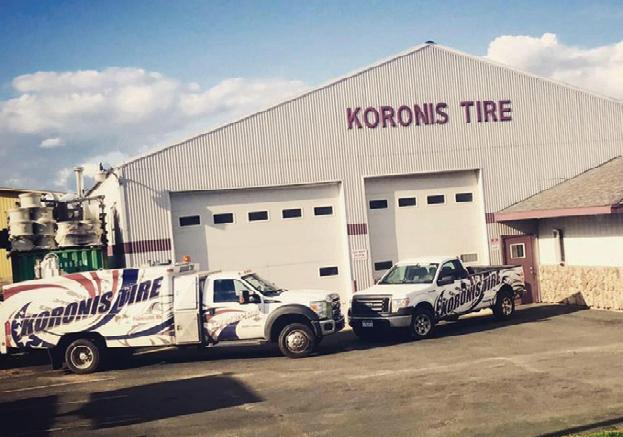


I’ve spent five work sessions in a wooded tangle. It was down the slope of the lawn, up the trail through the woods where the kids’ treehouse once stood, across the crest of the hill where I often find deer beds in the snow, around several piles of branches from previous work sessions, and down toward the fenceline that divides the woods from the field. The hunters in the family have placed a magenta (the paint was available) deer stand at the edge of the field and have cut shooting lanes between two very large trees that went down by natural causes.
When the trees went down, they took an assortment of smaller trees with them, bending some, breaking others, and tangling branches of both dead and living wood. Those trees that bent under the weight of the dead branches sent up new shoots which all grew toward the sun, further complicating the network. The slash piles from the shooting lanes had not been cleared, and the whole area, other than the shooting lane, was impenetrable by larger wildlife and a danger to anyone who had the notion to clean it up. Maybe I should have thrown my hands in the air and walked away, but the area looked to me like an extraordinary workout.

I spent two work sessions clearing the smaller branches of the tree on the ground to the east of the open lane. I made one pile of branches in the open area at the top of the lane, one that would be burned before the next hunting season, or so I thought.

Then we got a foot of soft snow.

I didn’t fancy wrangling a chainsaw up, down, and over what had been my packed trail to the work site. So, I strapped on snowshoes and, leaving the chainsaw in the shop, shuffled a new trail to the fuchsia refuge.
I spent the next work sessions very carefully analyzing which trees and branches supported the fallen tree on the west side of the lane. Gingerly moving from the outer perimeter toward the foundational tangle, I cut and removed bits and pieces. I sawed gradually, stopping to incrementally assess the effect on what may or may not have been support timbers.
Several dead branches that had been hung up, dangling precipitously over my work area, came down under my watchful eye. I studied the dried, mushroom-covered, nearly rotten branches still 15 feet in the air and wondered which Jenga piece’s removal would cause the whole thing to fall.


I succeeded in removing the last supportive sapling, four inches across at the base and arcing over 30 feet, without any further dismantling of the big tree. That’s when my chainsaw ran out of juice.


I really wanted to finish this job though I had not planned to cut up the sections of the trunks that were 20-36 inches across. Looking at what remained of the fallen tree, I knew that someone would have to climb on top of the main log to cut the large forking branch that still reached over the lane.
I’m not going to do that and not going to ask anyone else to do it.








The branch was dry and soft, the mushroom growth having tunneled networks of instability into the wood. With the tangled mesh of support trees cleared out, maybe a wet snow and a strong wind would finish the job for me. Or, the mushrooms, beetles, woodpeckers, squirrels, chipmunks, raccoons, and nature would take its

